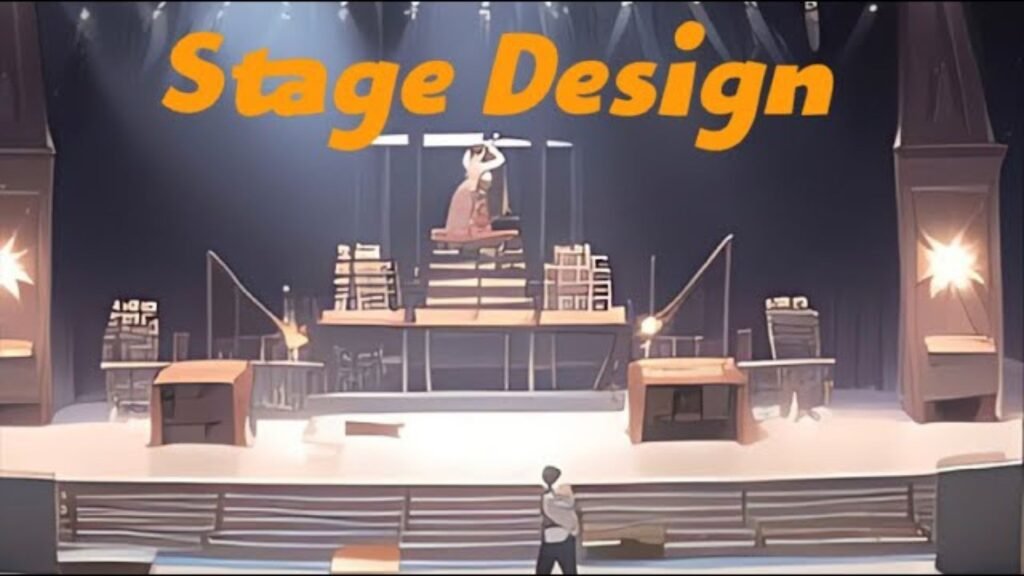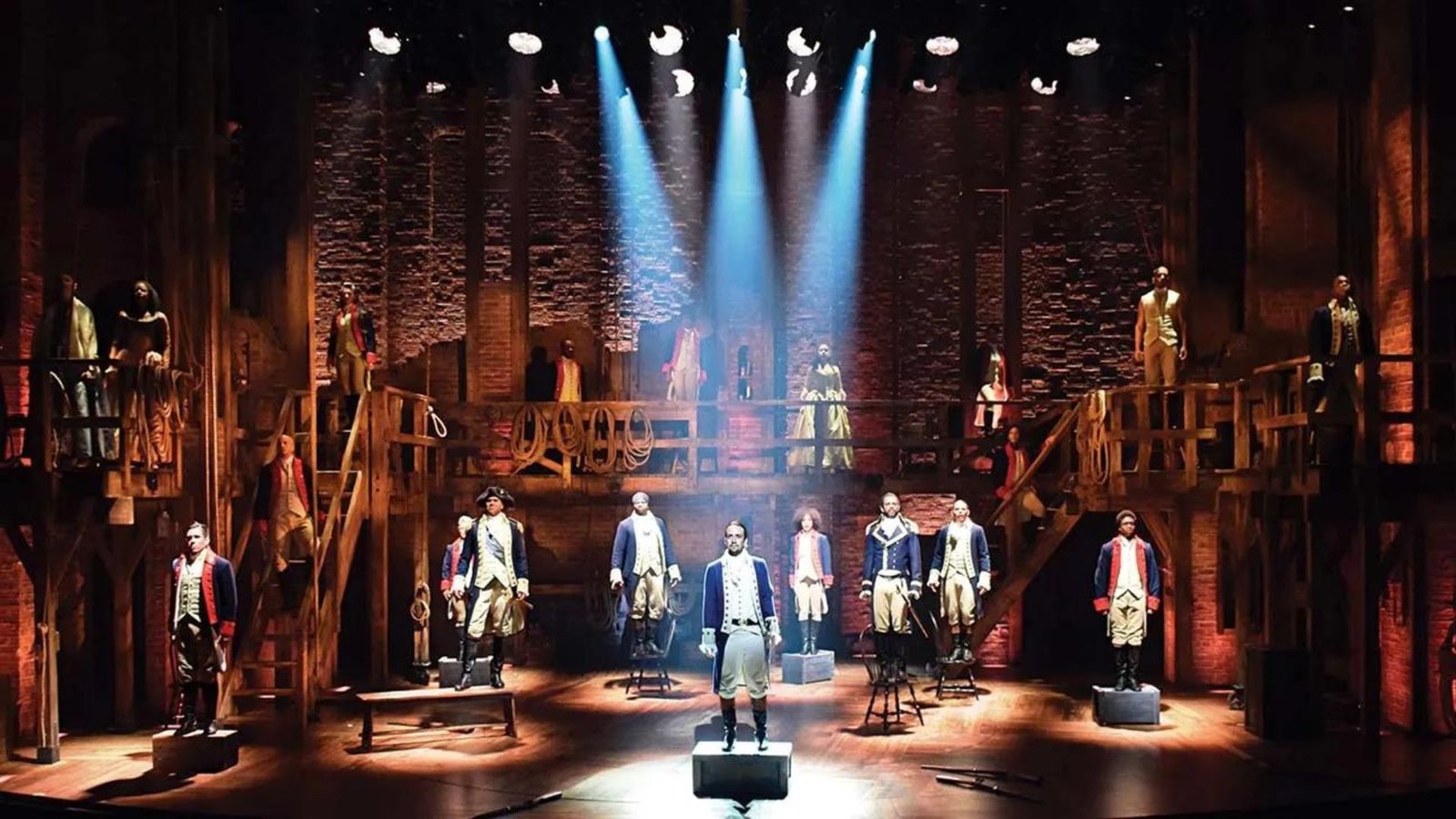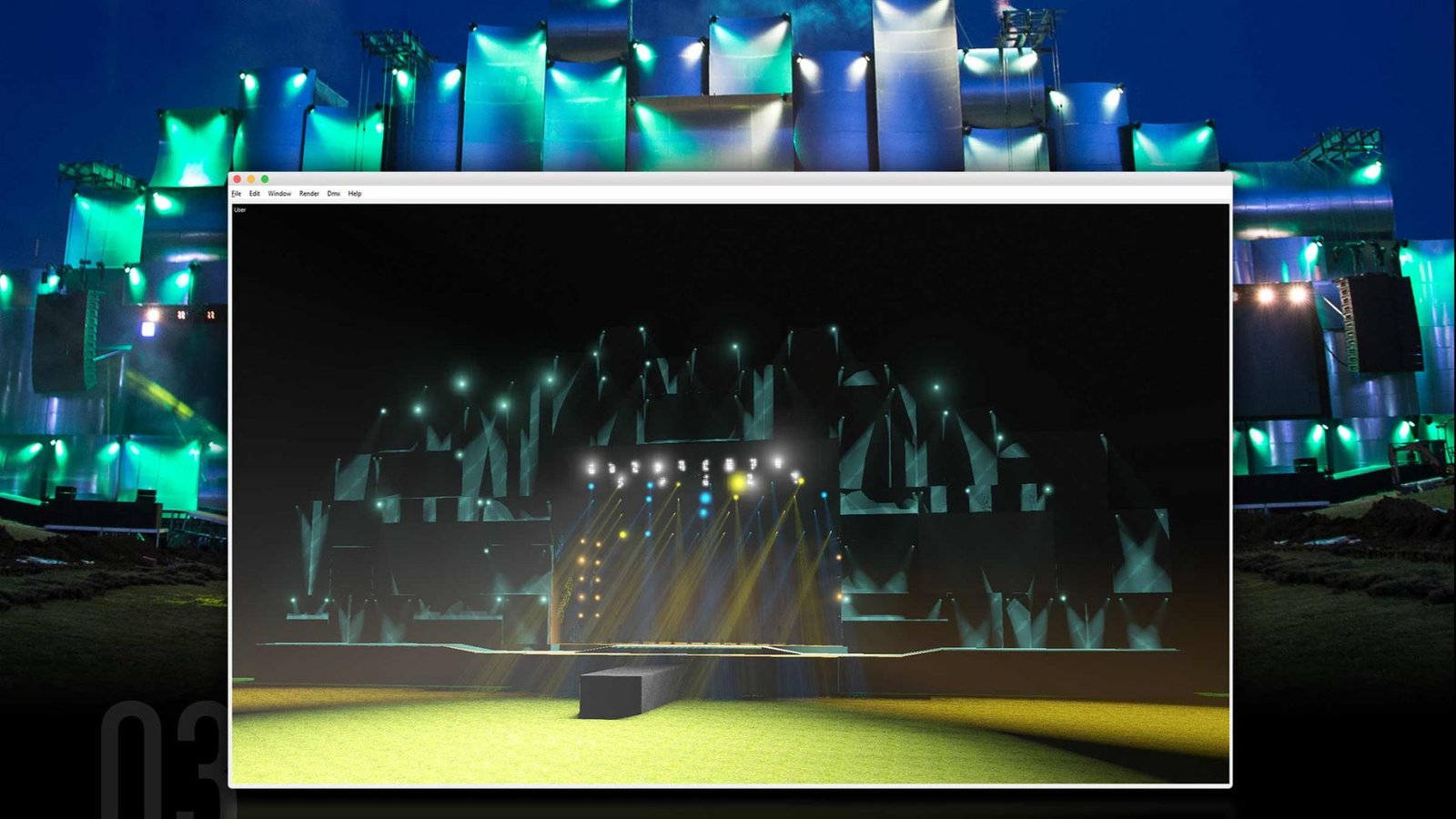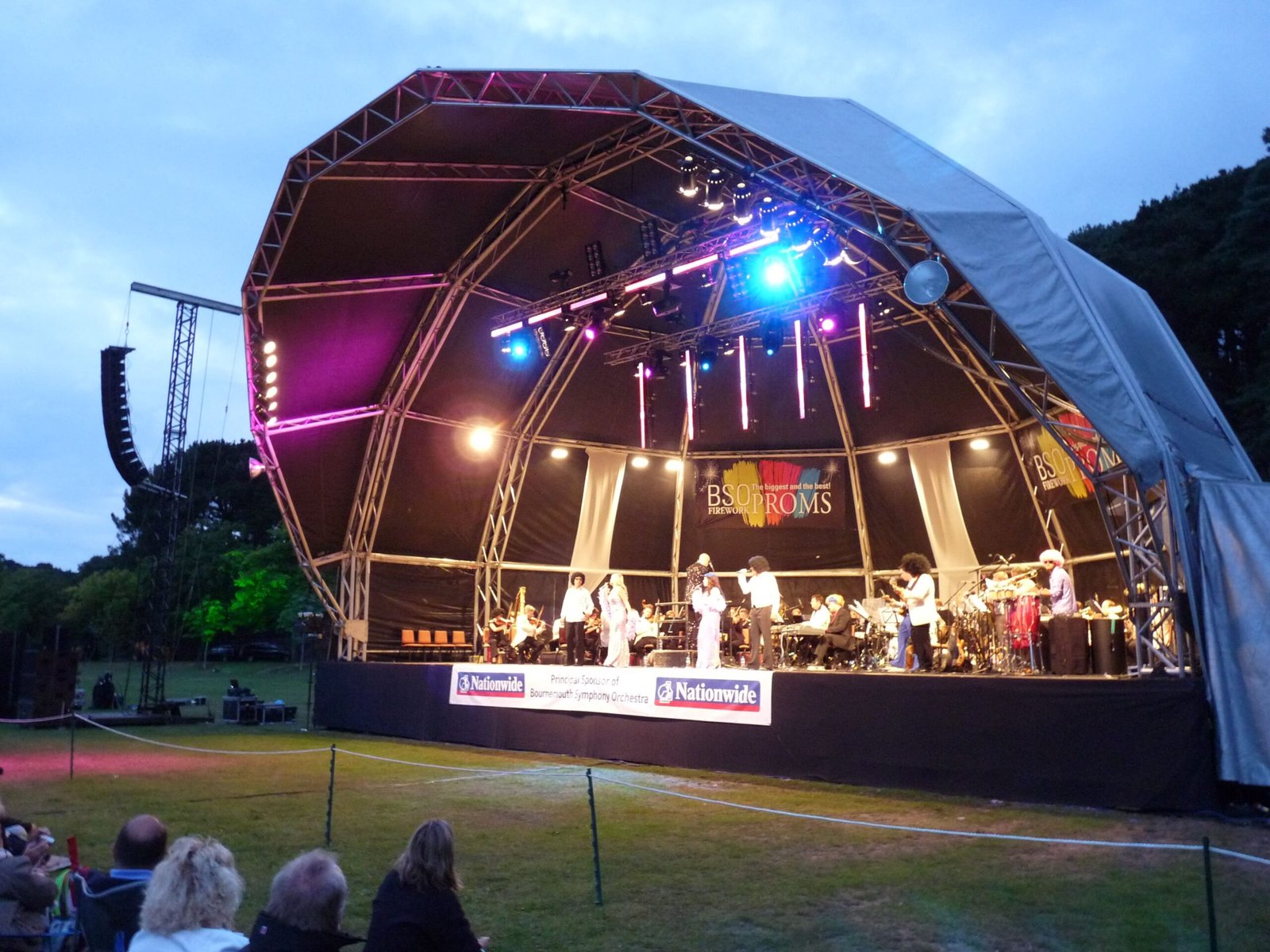The evolution of stage design in Broadway shows has been remarkable, with advancements in technology and creativity continuously reshaping the theater experience. From elaborate sets of the early days to modern, dynamic designs, stage design on Broadway has evolved to captivate audiences in new and exciting ways. In this blog post, we will explore how stage design has transformed on Broadway and what these changes mean for theatrical productions.

Early Stage Design: Grand and Ornate
To start, early Broadway stage design was known for its grand and ornate style. In the 19th and early 20th centuries, stage designs often featured elaborate, detailed sets. These designs included intricately painted backdrops, heavy drapery, and large, ornate furniture. This style aimed to impress audiences with its opulence and complexity, often reflecting the grandeur of the stories being told. For example, elaborate Victorian sets with rich fabrics and detailed woodwork were common in early Broadway productions. These designs created a sense of luxury and helped transport audiences to different worlds.
The Rise of Minimalism and Versatility
As time progressed, Broadway stage design began to shift towards minimalism and versatility. During the mid-20th century, designers started to embrace simpler, more flexible designs. This change was driven by the desire to create more versatile and adaptable sets that could be easily changed for different scenes. Minimalist designs used fewer props and relied more on lighting and abstract elements. For example, the use of movable set pieces and simple backdrops allowed for quick and efficient scene changes. This approach made it easier to focus on the performance and the actors, rather than getting distracted by elaborate scenery.
Technological Innovations: Lights and Projections
In recent decades, technological innovations have had a significant impact on stage design. The introduction of advanced lighting techniques and digital projections has revolutionized how Broadway shows are designed and presented. Modern stage designs often use sophisticated lighting to create mood and atmosphere, highlight key moments, and guide the audience’s focus. For example, programmable LED lights can change color and intensity to match the mood of a scene. Additionally, digital projections allow for dynamic and immersive backgrounds that can transform the stage with ease. These technologies enable designers to create visually stunning effects and enhance the overall experience.
Interactive and Immersive Experiences
Moreover, stage design on Broadway has evolved to include interactive and immersive experiences. Recent trends in stage design focus on engaging the audience in new ways, often by incorporating interactive elements or creating immersive environments. For example, some productions use audience participation or immersive set designs that blur the lines between the stage and the audience. This approach helps to make the audience feel more involved in the performance and enhances their overall experience. Interactive designs might include elements that respond to the audience’s actions or immersive environments that surround them, creating a more engaging and memorable experience.
Sustainable and Eco-Friendly Design
Another significant trend in the evolution of stage design is the move towards sustainable and eco-friendly practices. As environmental awareness grows, Broadway shows are increasingly adopting green design principles. This includes using recycled materials, reducing waste, and implementing energy-efficient lighting and technologies. For example, some productions use set pieces made from recycled or repurposed materials, and others focus on minimizing their carbon footprint by using energy-efficient equipment. These sustainable practices help reduce the environmental impact of theater productions and promote a more responsible approach to stage design.
Future Trends: Virtual and Augmented Reality
Looking to the future, virtual and augmented reality are set to play a growing role in Broadway stage design. These technologies offer exciting possibilities for creating immersive and interactive experiences. Virtual reality can create entire worlds that audiences can explore, while augmented reality can add interactive elements to live performances. For example, virtual reality could be used to create stunningly realistic backdrops or transport audiences to fantastical locations. Augmented reality might enhance the live experience by adding digital elements that interact with the physical stage. As these technologies advance, they are likely to further transform how stage design is approached on Broadway.
Conclusion
In conclusion, the evolution of stage design in Broadway shows reflects broader changes in technology, aesthetics, and audience expectations. From the grand and ornate designs of the early days to the minimalist and versatile styles, and now to the innovative use of technology and sustainable practices, stage design continues to evolve in exciting ways. The future holds even more possibilities with virtual and augmented reality technologies on the horizon. As Broadway embraces these changes, stage design will continue to captivate and engage audiences, ensuring that theatrical productions remain dynamic and memorable experiences.




